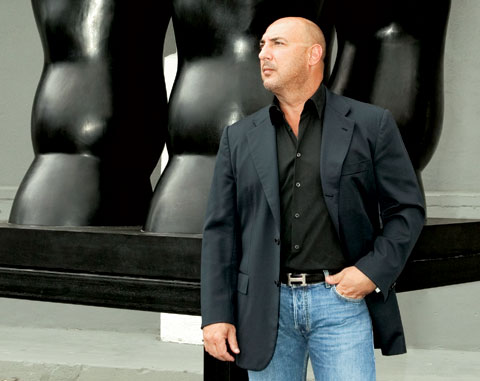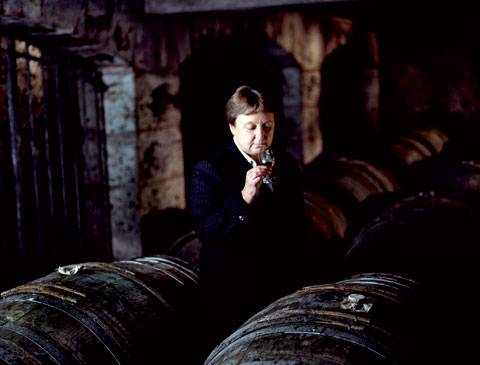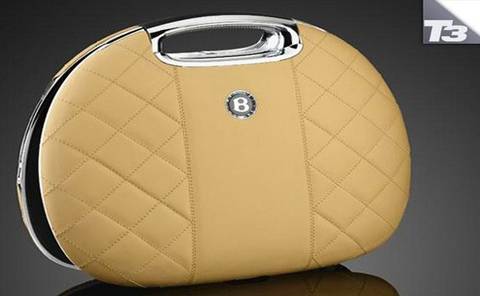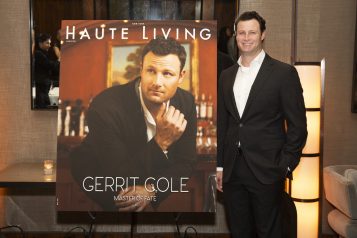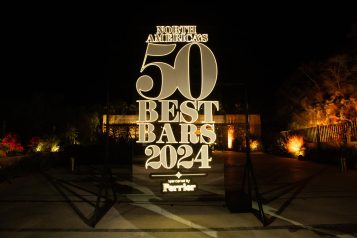As I related last time, this has been a very exciting juncture for Gary Nader Fine Art. I’ve spent a good amount of time in Dubai, Abu Dhabi, and Doha, Qatar, as well as studying the regional art market. After multiple trips, the bold possibilities are quickly becoming realities.
I’ve been working with principle parties in the region, and what I’m planning to do there is somewhat along the same general lines with what I accomplished in Miami. When I came here, the art culture was extremely limited. Twenty-four years ago, art was embryonic in Miami. I implemented programs that helped the city achieve its strong, relevant presence in today’s art world. The difference is that in the Middle East, there is an opportunity to be much more aggressive. The region is keen to realize its global potential, and part of that is as a world-class cultural hub.
When I visited Dubai and Abu Dhabi for the first time, I noticed that the area was incredible in every aspect, including great beaches, hotels, and stores. It was a completely new city from A to Z. But what was it missing? Exactly what was in short supply in Miami in the ’80s: art.
Of course, there are some galleries here and there, but the big picture does not rely on galleries only. So I have made it my goal to create a totally new environment surrounding the arts scene. The people I’ve met in U.A.E. have been extremely interested and receptive to my suggestions. The leadership is ambitious, energetic, and efficient, and they get it. The arts and cultural sector within the Middle East, led by Dubai, Doha, and Abu Dhabi, are swiftly coming of age. To be involved with what’s happening is quite unique, and truly an honor.
There are many different programs I have proposed, the first of which is an exhibition of my collection of Latin American masters and contemporary art, one of the largest in the world, the likes of which has never been seen in the Middle East. I also plan to put on a show in the gallery of the most important Middle Eastern artists, including Iran. Why Iran? Because Iran plays a major part in the contemporary creation of the art market in the Middle Eastern countries. I have already put together a research team to discover the most significant local artists.
Just today, I received notification to do a show in Abu Dhabi. I’ll curate a major exhibition of 20th century art, to be held in the Emirates Palace. I’m planning to bring a Pop Art or Dada show, but I still have to iron out the details. I will certainly let you know.
At the same time, I’ve been invited to exhibit this fall at Art Paris-Abu Dhabi. I will be bringing part of my Botero collection: five monumental and 10 medium sculptures, along with 10 table pieces. This is another step in my plan to help them create a program for Art in Public Spaces.
Another concurrent project I will work on, in the half-year I plan to spend in the Middle East, is a sculptural park. Why? What we did at the Fairchild Tropical Gardens in Miami, where we put the Lichtenstein and the Botero sculptures, has made it one of the places in Miami where people can interact with the arts in an environment where you can bring the family, the kids, and have a picnic. It is extremely rewarding to see a child look up at a sculpture and say, “Wow!” Nature and art together have always fascinated me; if I could live in a sculptural garden, I would.
The Museum of Luxembourg is going to do a show on the Berardo Collection. I am part of the curatorial team and represent Commendatore Berardo, and his collection is extensive—one of the largest and complete of the 20th century in private hands. For this show we’re going to bring some of the most important paintings: Dali, Miró, Mondrian, Warhol, Bacon, Schnabel, and Lam. It is the first time the Museum is going to present a private collection so large. The show will be opened by Nicolas Sarkozy, the Prime Minister of France, and I’m going to invite the heads of state and the royal families of Dubai, Abu Dhabi, Qatar, Kuwait, Bahrain, and Saudi Arabia. This exhibition is going to give the impression of how private collections are formed, and to fully embrace their impact. I want to bring it to the Middle East, and hopefully we can do a tour of all the Middle East.
All of these things put together make for a canvas that is larger and blanker than I’ve ever had the pleasure of working with. Going forward, I may have to spend at least a week every month in the Middle East, with all the consulting I’ve been asked to do.Part of the approach is to bring people in from each country to Miami for training. The training will include both museum and curatorial studies, from direction to handling, packaging, and insurance—all aspects of creating and maintaining a museum. We’re trying to help them create a Department of Cultural Affairs, so that we can understand what’s going on in the region, and, conversely, they can understand what’s going on over here and in Latin America.It fulfills a shared objective, to foster dialogue between all cultures through cultural exchange.
Things are really turning around there. Museums are just beginning to sprout up in the Gulf. In Doha this fall, the first Islamic art museum, designed by I.M. Pei, is opening. Let me tell you, it is fantastic! Art in the Middle East has now taken off and is taking shape, as the humanity that only transcendental works of art reveals is now stirring in these bold and beautiful places. They have the venues, the rotundas, and the roundabouts in which to put the art. The problem is the content—what are you going to put in there? But for that I have a huge surprise that I cannot disclose just yet. That’s another story. And trust me; it’s huge.







